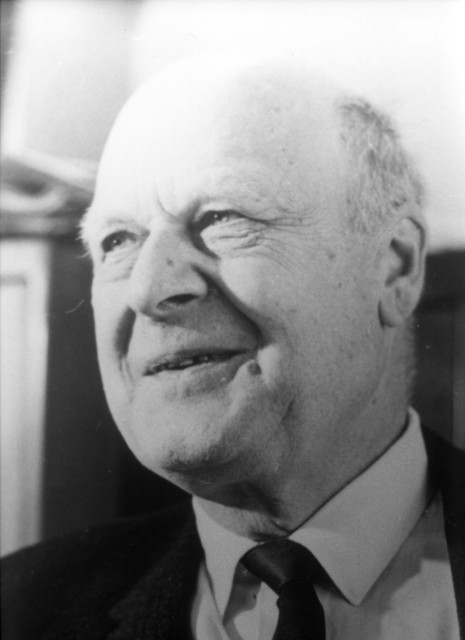Lars Onsager
1903-1976

In two 1931 papers, Onsager added two new fundamental principles to 19th century thermodynamics: the principles of microscopic reversibility and of least dissipation of energy. For this discovery of the Onsager reciprocal relations (as they came to be known), mathematical equations fundamental to the thermodynamic theory of irreversible processes, he received the 1968 Nobel Prize in Chemistry. In the intervening years and afterward, Onsager made major contributions to varied areas of theoretical physical chemistry: electrolytes, dielectric liquids, isotope separation by diffusion, disordered solids, superfluidity, the behavior of ice as a semi-conductor, and others.
Onsager was born in Oslo, Norway and studied chemical engineering at the Norges Tekniske Hogskole in Trondheim (Ch.E. 1925). At age 22 he detected a flaw in the Debye-Hückel theory; this led to a research assistantship with Debye in Zurich, Switzerland (1925-1928). He then emigrated to the USA, but an instructorship at Johns Hopkins, attempting to teach chemistry to freshmen, proved disastrous (Onsager never became a successful lecturer: his graduate course at Yale was variously known as "Advanced Norwegian I and II" or "Sadistical Mechanics") and he moved quickly to Brown University (1928-33), then to Yale (1933-72) and finally to the Center for Theoretical Studies at the University of Miami, Coral Gables (1972-6).
A profound thinker, Onsager generally published alone or at most with one co-author. His difficulties in communicating with weaker intellects were acute, not due to impatience or arrogance because he was a kind friendly person, but because he simply assumed that his listeners were as advanced in their thinking as he was. In addition to the Nobel, Onsager's many awards included five major medals of the ACS (1962 G.N. Lewis, 1962 J. G. Kirkwood, 1962 J.W. Gibbs, 1964 T.W. Richards and 1965 P.W. Debye).
Location in chemistry building: Basement Floor; West Wing North Wall; Sequence 2
Source: Yale University Library